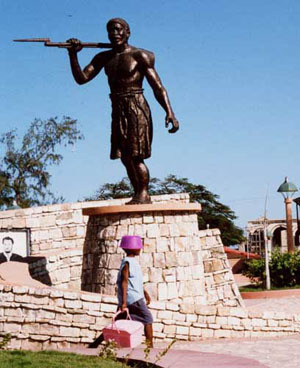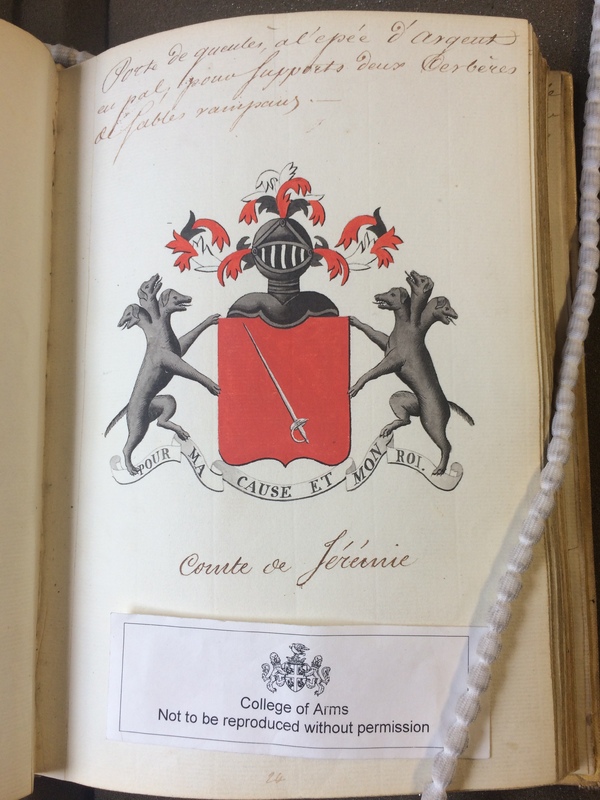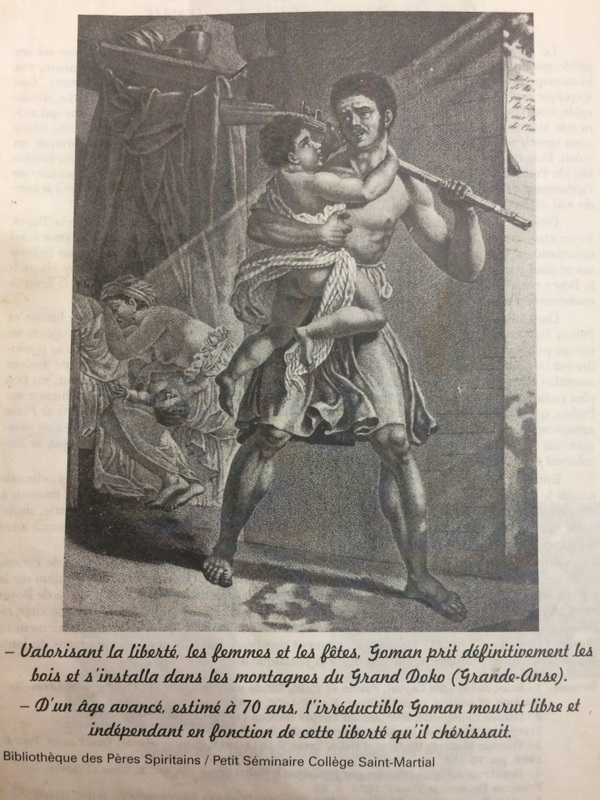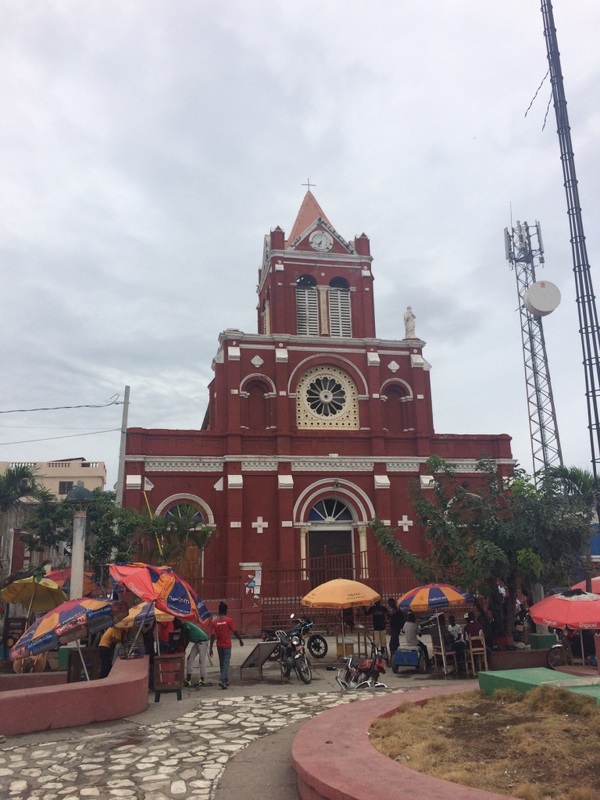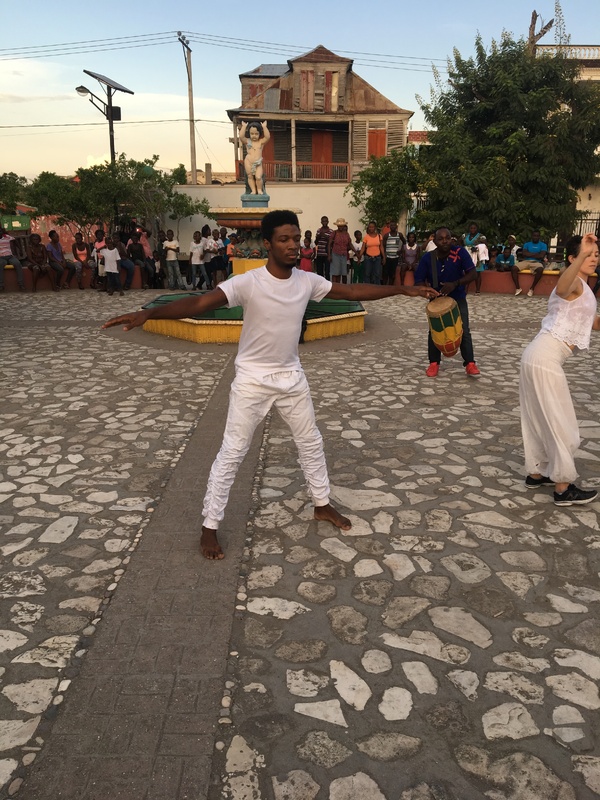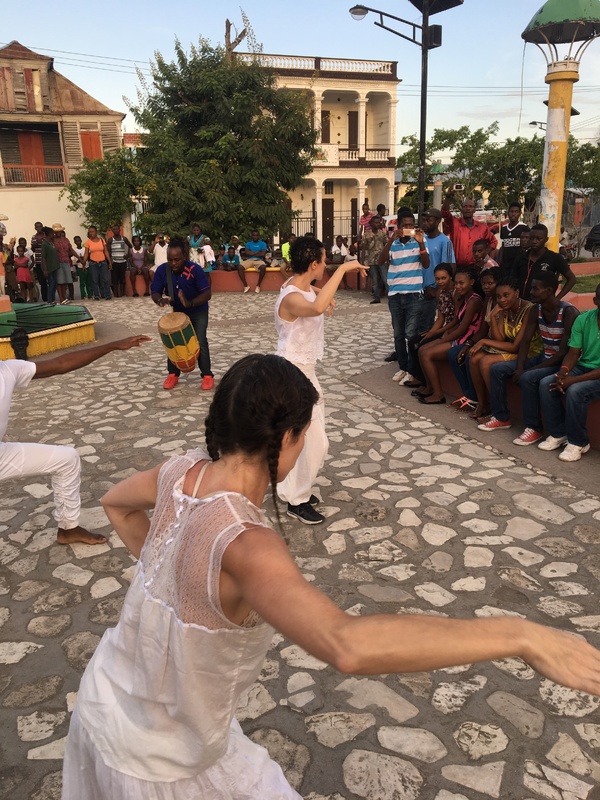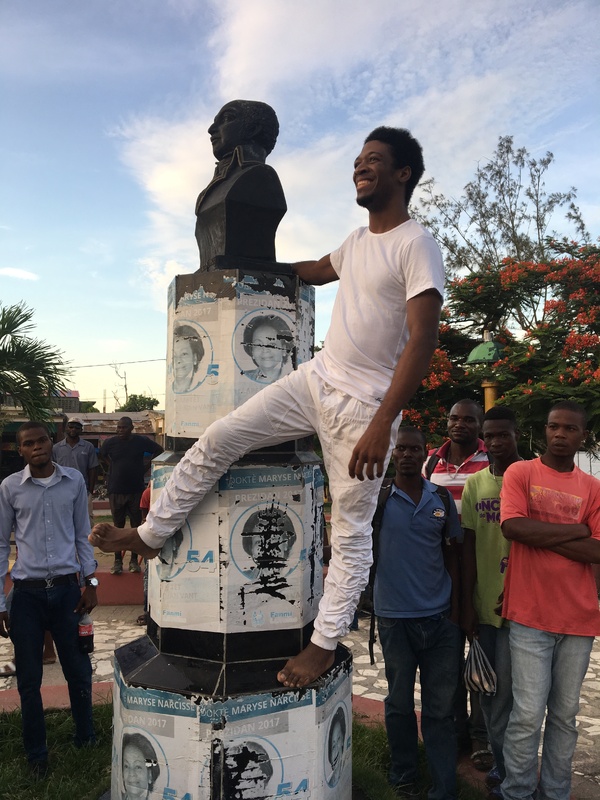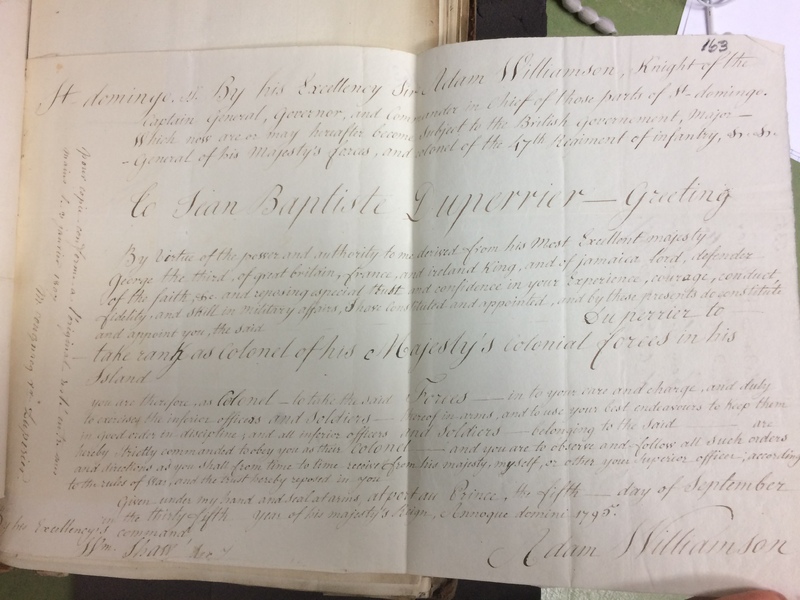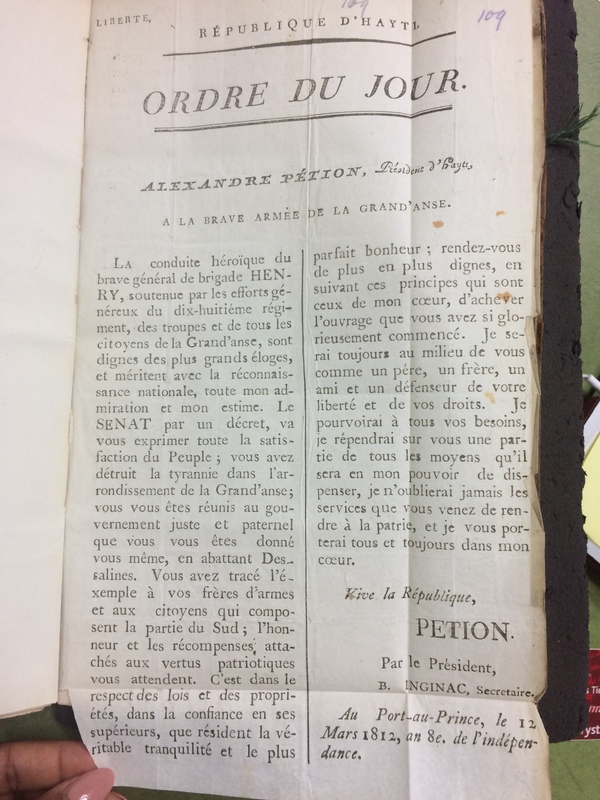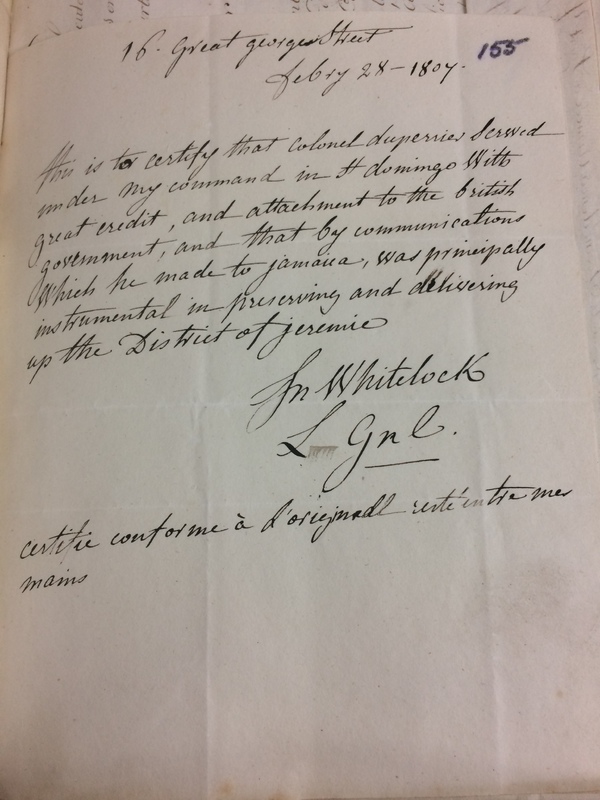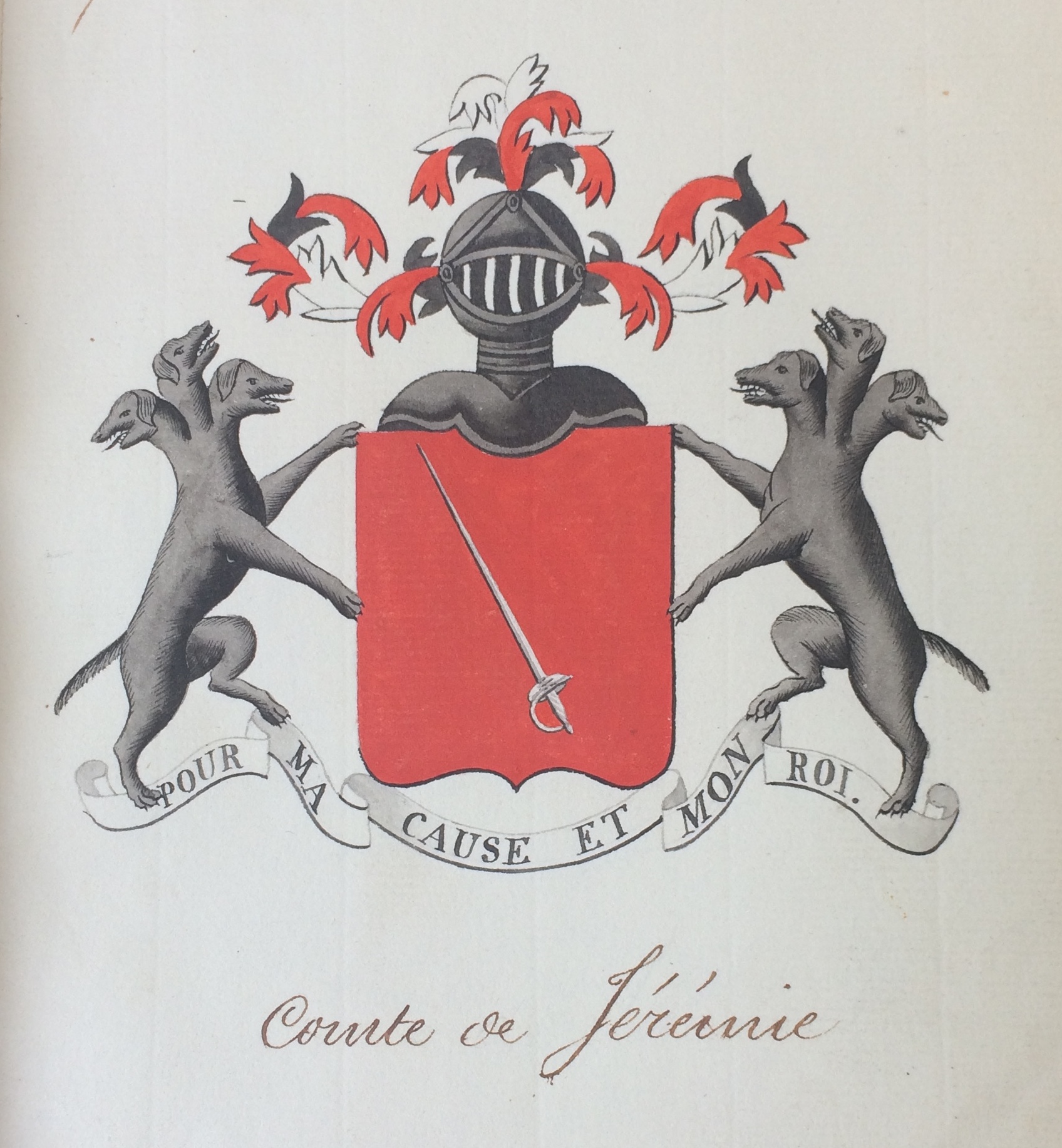
BACKGROUND
The Goman Memory Project digitally collects, assembles, and reclaims historical memories of Jean-Baptiste DuPerrier, also called “Goman,” an African maroon leader who was part of the 1791-1804 Haitian Revolution and later led peasant rebellions against unequal land reforms, forming a quasi-independent state called “Grand Doko” outside the southern city of Jérémie until he died in 1820.(1) This website highlights this underappreciated aspect of the region’s history as a hub of resistance during and after the Haitian Revolution with a public-facing website that will feature archival materials, recorded oral history interviews, and other collective memories of Goman.
Goman’s legacy – and that of colonial-era enslaved and maroon communities’ religious, economic, and social formations – serves as a model for social justice, mutual aid, community uplift, and self-determination efforts in the southern Grand’Anse department, which is still recovering from damage caused by 3 major natural disasters within the past 5 years. Hurricane Matthew, a magnitude-7.2 earthquake, and Tropical Storm Grace left over 2,200 people dead, hundreds more missing, and destroyed over 50,000 homes. Haitians’ responses to these natural disasters and other crises are often organized through the lakou mutual aid system of communal living arrangements. People use their knowledge of the country’s topography to seek refuge from danger by hiding in caves; and they invoke the spiritual and social power of Haitian Vodou. (2) The dances and sacred practices of Vodou harken to survival strategies that enslaved and maroon communities developed during the colonial period prior to the Haitian Revolution. (3) Vodou embodies historical knowledge and memory of this resistance against racial slavery, colonial regimes, and more contemporary oppressive power structures; it is also a repository for African and local spiritual entities, including revolutionary figures like Goman. Dance invokes memories of these ancestral spirits – making Vodou and dance important vehicles for The Project to expose Goman’s legacy to the public. (4)
The website highlights Goman’s memory through Vodou and dance, linking it to Haitians’ current needs for economic and social justice, and ongoing efforts for sustainable community uplift and cultural education solutions in Grand’Anse. During Jean-Betrand Aristide’s presidency, a statue of Goman was erected at Place Dumas, the town center of Jérémie. However, its placement opposite the Saint-Louis church – a symbol of French, Christian values that have long demonized Vodou – angered residents who tore it down. (5) This destructive act against the Black revolutionary leader suggests that Goman is locally misunderstood. While scholarship on the Haitian Revolution and its aftermath are no longer “silenced” in academic discourse, the perspective of African-born and maroon leaders remains underappreciated. (6) Thus, little is known about Goman, and existing knowledge reflects the influence of Eurocentric colonial thought that suppresses African histories of political agency. Our focus on Goman’s history and legacy attempts to contribute to locally-driven decolonization and cultural education efforts, as well as historical and digital scholarship initiatives in Black/Caribbean studies.
1 Large 1939; Fick 1990; Hector 2003; Dubois 2012; Gonzalez 2019
2 Ulysse 2015
3 Casimir 2020; Eddins 2021
4 Chapman et al. 2017
5 Wêche 2019
6 Trouillot 1995
DOCUMENTS
VIDEOS
Recalling Dismembered Histories.
Plas Jeremie, August 2017
Perfomed on: August 12, 2017
Performed place: Town Square of Jérémie, Haiti
Conceived, choreographed, and performed by:
Dancers: Dasha Chapman, Yonel Charles, Jean-Sebastien Duvilaire, Ann Mazzocca.
Musician: James Savoy
Share Your Experience
Tell us your story in a few words!
